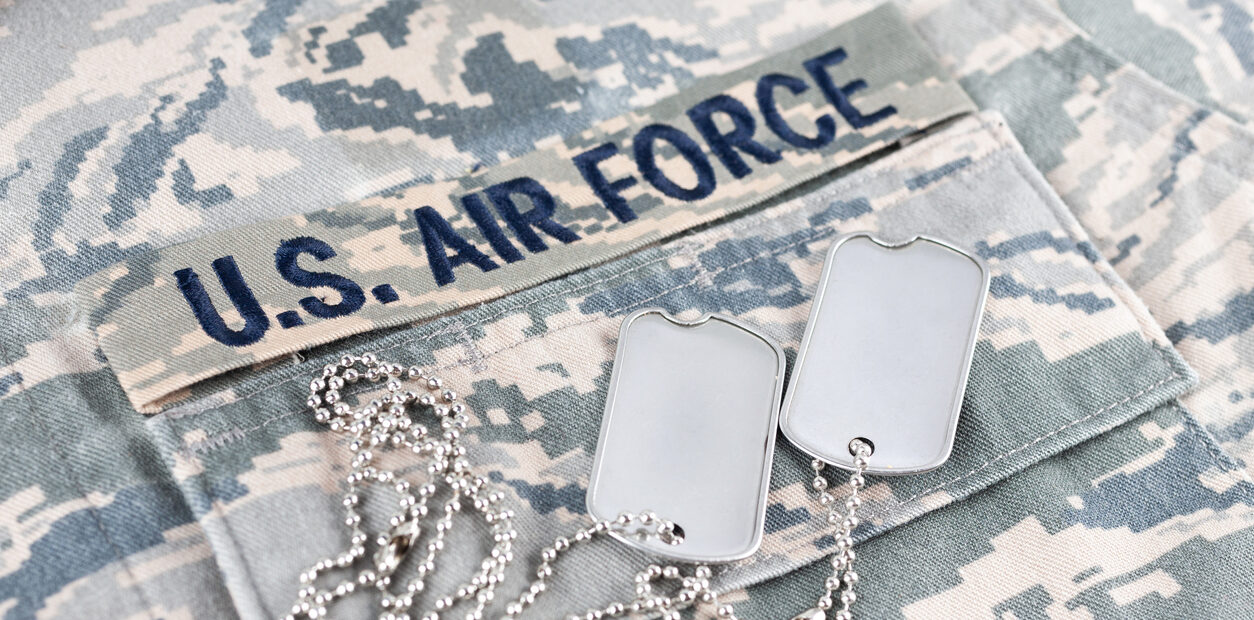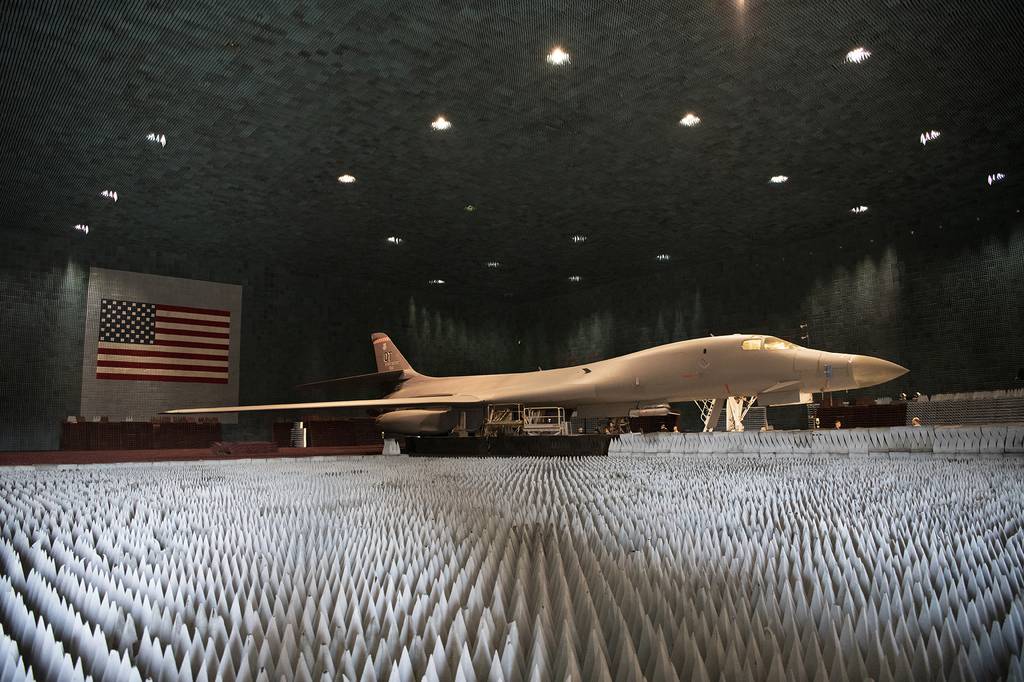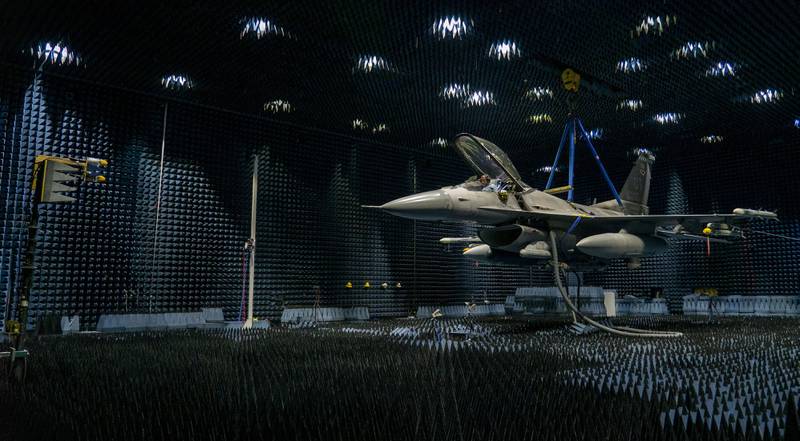How to Code Sign Your Applications for Adobe AIR?
Code Signing for Adobe Air: Understanding the Process & How and Where to Purchase the Code Signing Certificate
Adobe Air is one the best runtime environments that can be used to build quality applications for web and mobile. It aids developers with several valuable features and components to make development easier and more effective.
However, running apps built in Adobe Air without security warnings is only possible through a legit Adobe code signing certificate. It ensures that your application code is safe and has not been tampered with and the app is safe to use.
Hence, purchasing an Adobe code signing certificate to run apps on Adobe Air is necessary.
How to Code Sign Your Apps for Adobe Air?
Cutting down to the chase, let us simply start with understanding the process of code signing for Adobe Air:
Step 1: Researching the Right Adobe Code Signing Certificate
To start with the process, you first must do a little research and find a suitable code signing certificate that will help you sign Adobe Air apps. Remember, you need to buy a certificate that supports the Adobe Air platform. Hence, make your research Adobe specific and decide which certificate is suitable for your application. Here are three options to choose from:
Step 2: Purchasing the Adobe Code Signing Certificate
After deciding which certificate is ideal for code signing for Adobe Air apps, you can make the actual purchase. Note that buying a code signing certificate for your Adobe Air apps will help you prevent the security warning messages that appear while installing or running the app on the web or mobile platforms.
Step 3: Learning the Process to Code Sign Adobe Air Apps
To sign your Adobe Air apps with an Adobe code signing certificate, you will first need to export your certificate as a .PFX file from the internet browser you are using. Once you have the .PFX file, you can use it to code sign Adobe Air apps.
Here is the process to export .PFX file from different internet browsers:
A. Microsoft Edge
The following is the process to export .PFX file from Microsoft Edge:
- Open the Microsoft Edge browser.
- Go to the upper right corner of the browser, click on the three dots, and select Settings.
- Select the…






